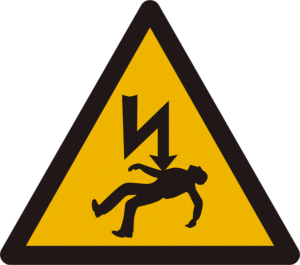 Did you know that if you are struck by lightening your blood doesn’t clot?
Did you know that if you are struck by lightening your blood doesn’t clot?
This was first described back in 1794 and became quite important in the scientific discovery of how blood clots.
John Hunter wrote in ‘A treatise on the blood, inflammation and gun-shot wounds’ records that in ‘animals killed by lightning or electricity’ or in animals ‘who are run very hard, and killed in such a state’ the blood does not clot.
In cows struck by lightning, liquid blood is often found in the respiratory passages and stomachs.
Livor Mortis
As the blood is liquid, blood pigments can escape the vessels more easily and cause more skin staining than in other forms of death. If you watch much TV crime drama you’ll hear this called lividity or livor mortis (which means the colour of death). it’s defined as “discoloration on dependent parts of the body after death, due to settling of the blood by gravity.”

No Fibrinogen
In 1906, Morawitz discovered that the blood from victims of sudden death contained no fibrinogen. The most basic way of understanding the science of clotting (which we plan to have a series on soon!) is that fibrinogen turns into fibrin strands, which form a web, which traps red cells and platelets causing a clot. So if there’s no fibrinogen, your blood can’t clot.
We now have a fuller understanding of why there is no fibrinogen in the blood: Usually after death clots are formed throughout blood vessels then gradually dissolved again by fibrinolysis, which mops up any remaining fibrinogen. In some sudden deaths, including lightening strike or asphyxiation, the fibrinolysis process is immediately and strongly activated so the blood never clots.
Occasionally a process like this occurs in people who are alive and causes very serious conditions like DIC (disseminated intravascular coagulation) which you may have heard of.

Leave a Reply